The Power of Landscape Photography and How It Changed Me
![]()
Landscape photography transformed my life. Not only did it completely change the way I view the physical world (for the better), but it also profoundly changed the way I experience it and connect with it. I realize these are big words. And I use them very seriously and intentionally.
It’s not that in my life before photography I didn’t appreciate travel or nature — I did. But I didn’t really get it. I would see a beautiful scene, enjoy the experience and… move on.
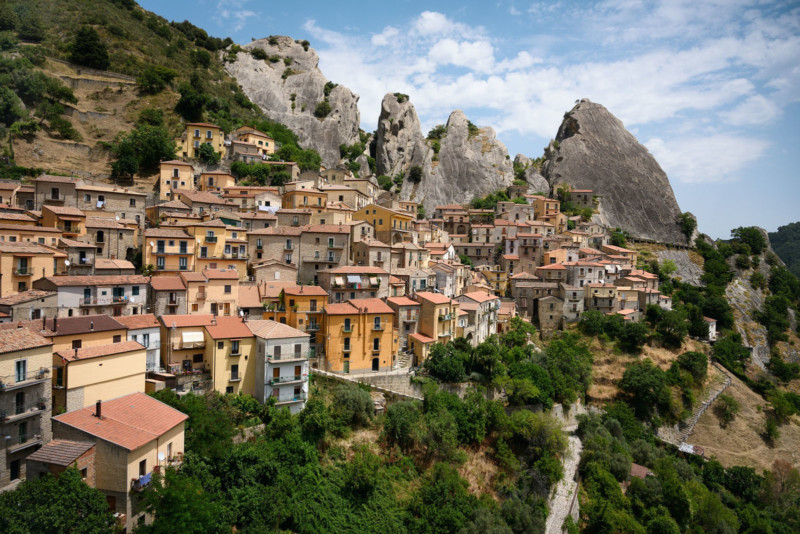
I had children just when digital photography was really taking off. Innovations in sensor quality, storage, and online sharing were starting to change the way people use cameras. I felt I needed to capture every moment and was happily filling my memory card, offloading it to my computer, and then doing it all over again.
I didn’t give much thought to composition or focus or exposure. Then one day I left my point-and-shoot at the park. My wife suggested we get a better camera — I was happy to oblige. I picked up an entry-level DX camera with a 35m primes lens and that’s when the light bulb went on.
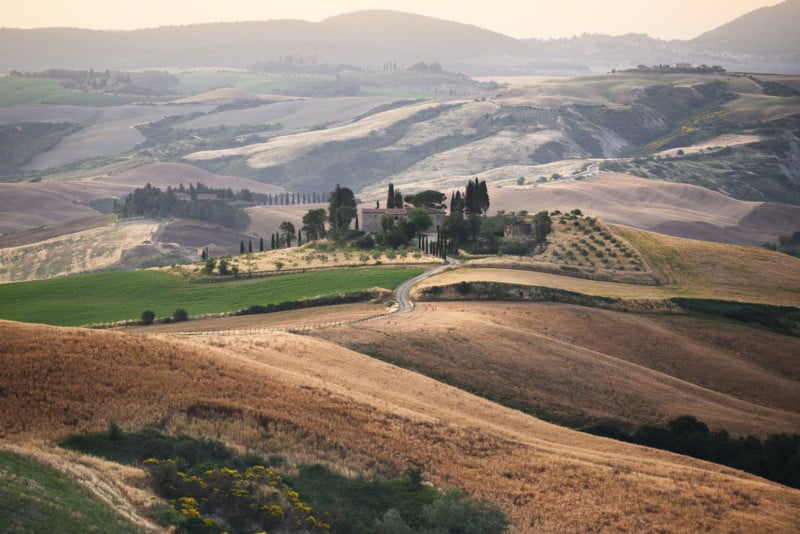
I started browsing photography websites and blogs. And I started discovering images — of mountains and rivers and beaches and forests and lakes and cities — that would leave me in awe and send my mind spinning: what were these places? Who were these people making these jaw-dropping captures of them and how did they do it?
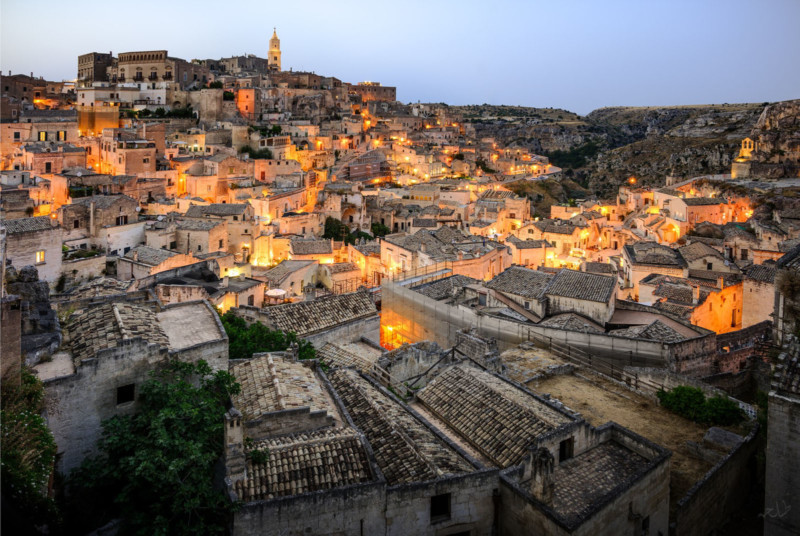
Some of them were places I had been to. Why hadn’t they moved me then as they did now? Suddenly there was a fire in me — a sense of urgency. To re-visit the places I had already been and also explore places I would’ve never dreamt of seeing before. Not only that, I wanted to take pictures of these places, pictures like the ones I had seen that had cast a spell on me.
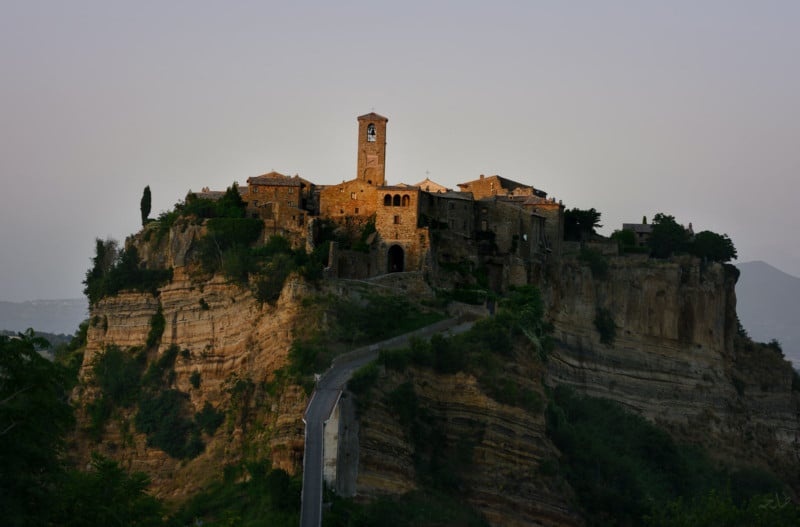
The first thing that struck me about landscape photography was how the simple act of stopping space and time for a singular instant and collapsing it down to two dimensions could create something of profound artistic value.
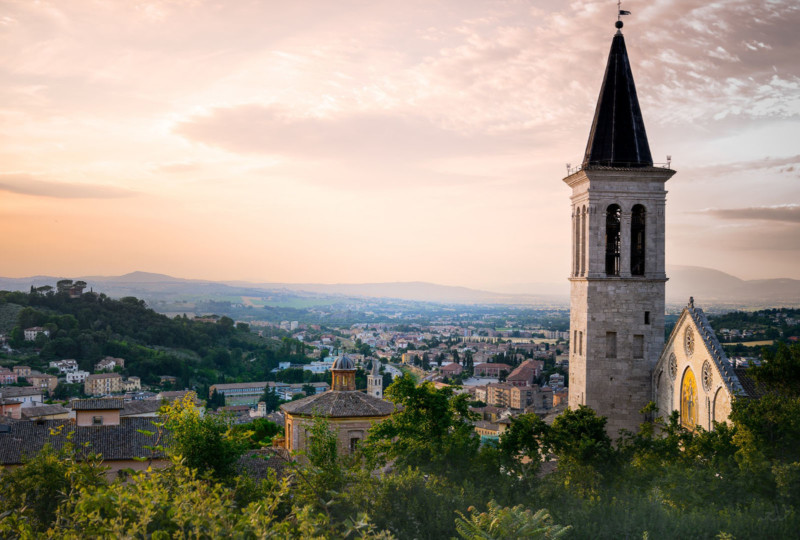
Next, I discovered the concept of composition and perspective; that every scene is composed of certain elements and only a very limited set of views combine those elements in a way that maximizes harmony and symmetry, such that the result is pleasing to our eyes. And that only a handful of people among us are gifted with the talent that allows them to consistently find this balance.
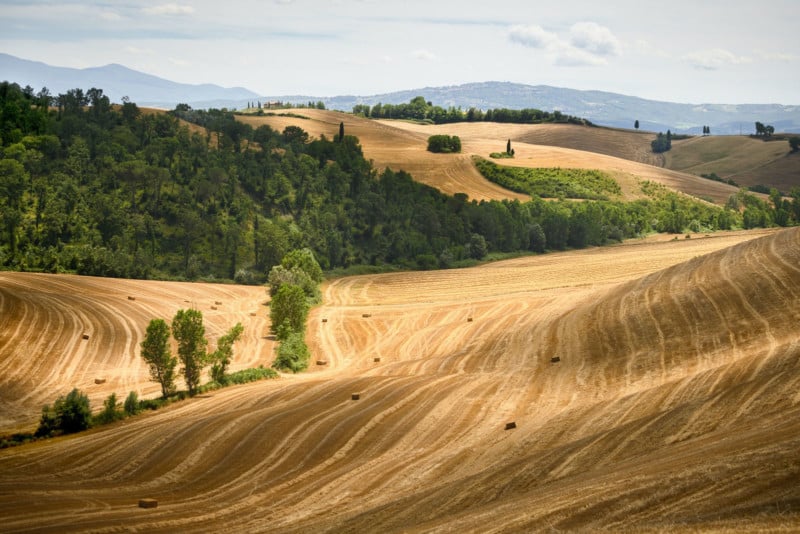
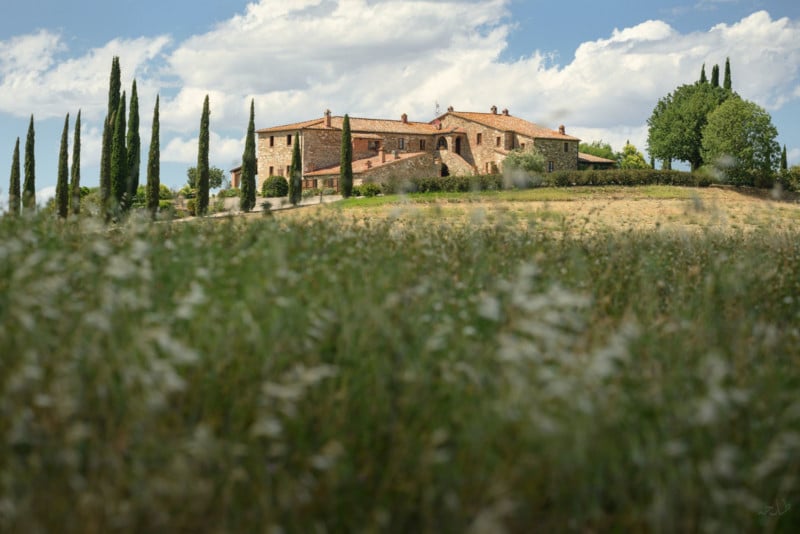
I became aware of the dance of light and shadow …
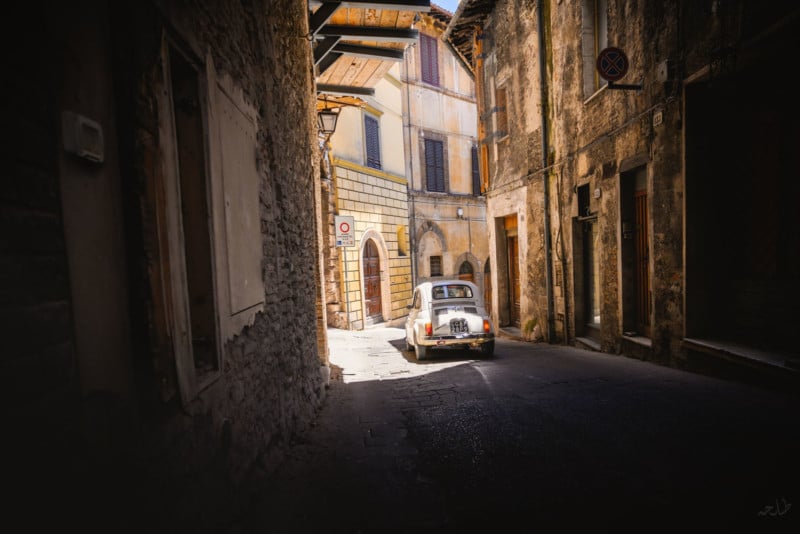
…and sunset and sunrise.
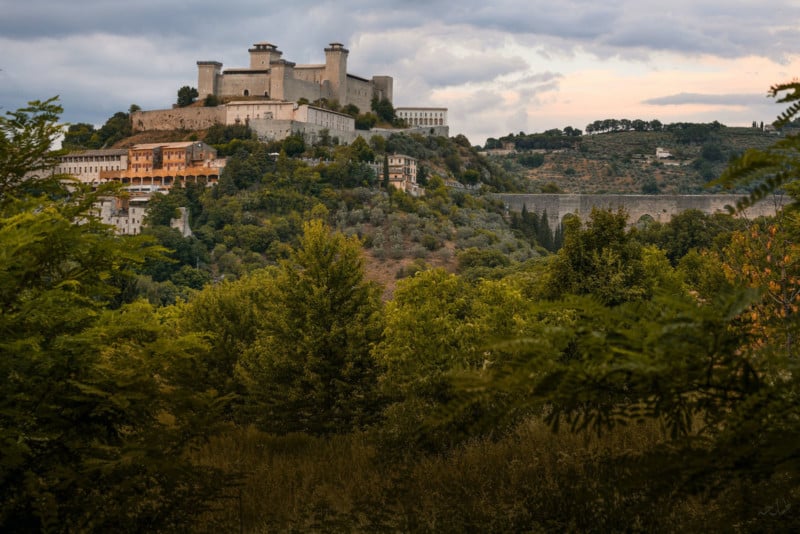
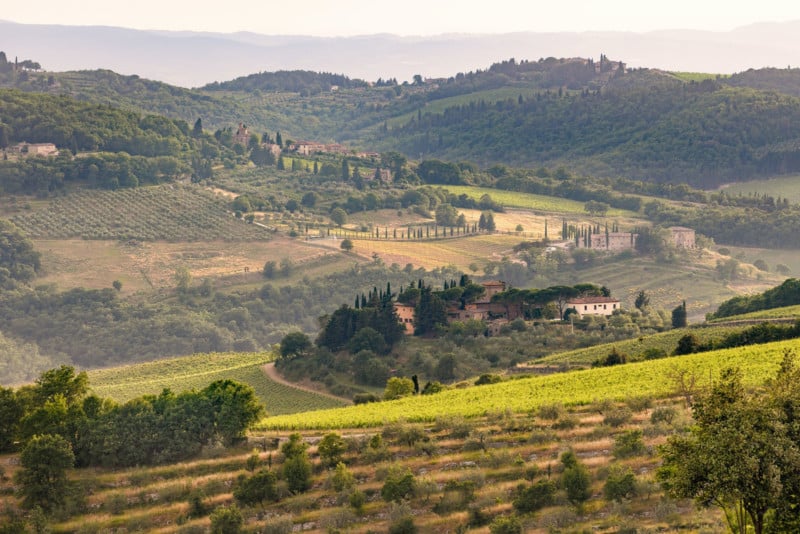
I discovered leading lines and trails and how photographers use elements in the scene to guide the eyes as they scan it so as to draw attention to certain parts.
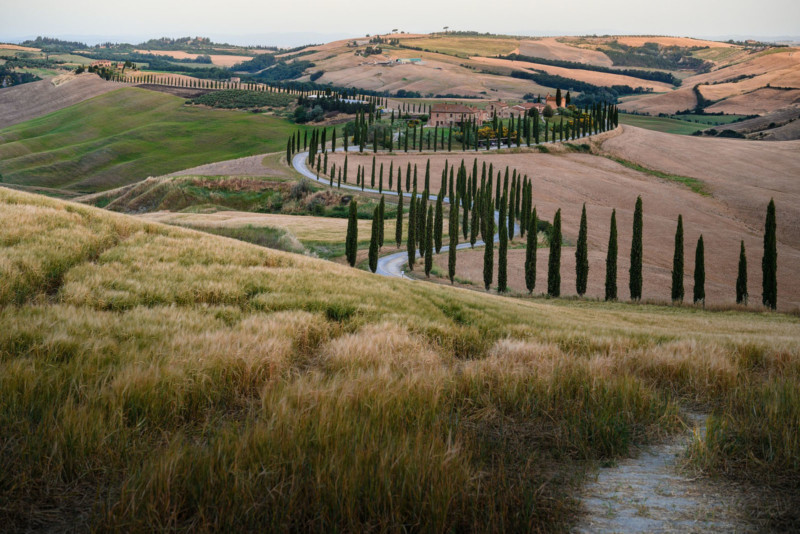
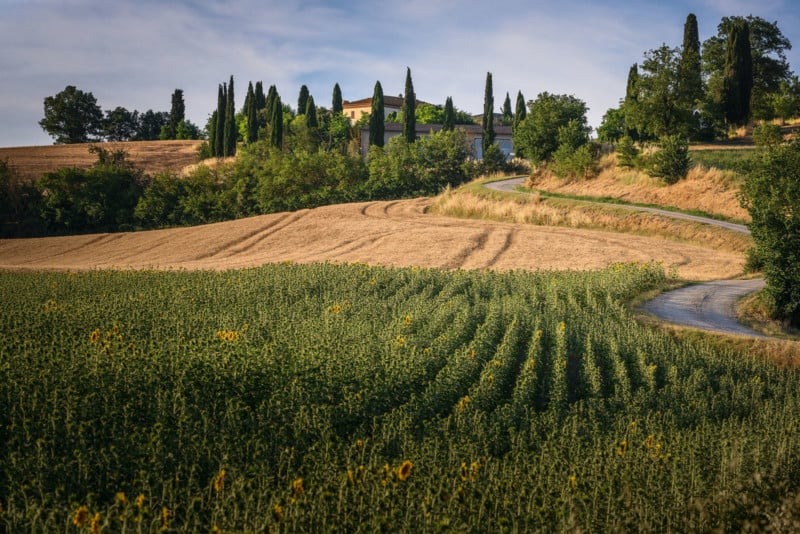
And once I became aware of these things, I could never see the world the same again.
There’s seeing a beautiful vista and then there’s seeing it at first light, when the sun peeks through.
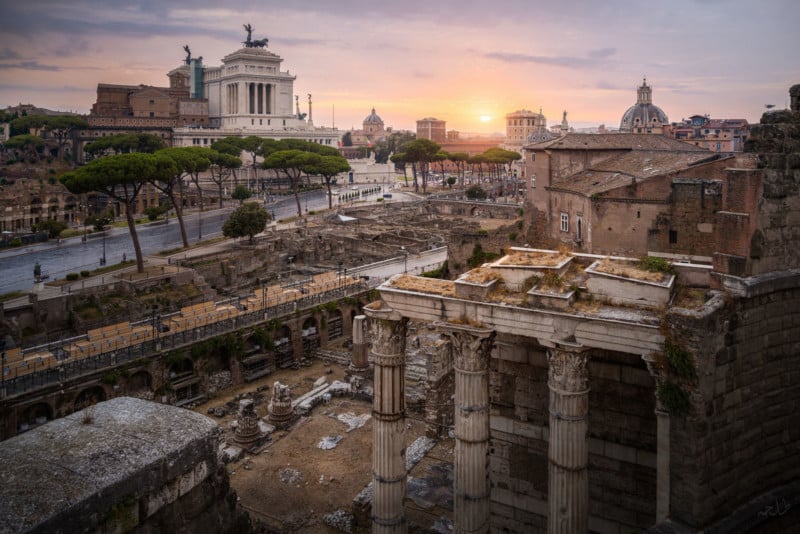
Or when the sky is in flames.
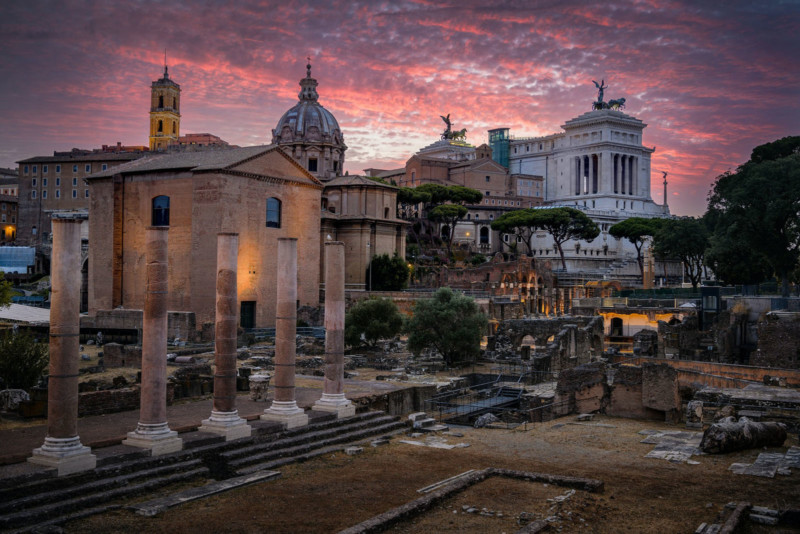
That magical moment when the lights start coming on.
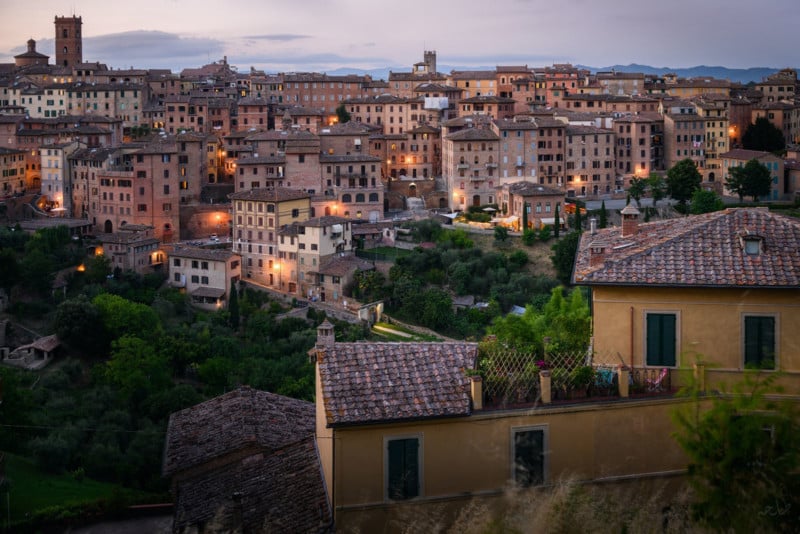
In moments like this, where last light takes a scene that is already moving and makes it downright haunting.
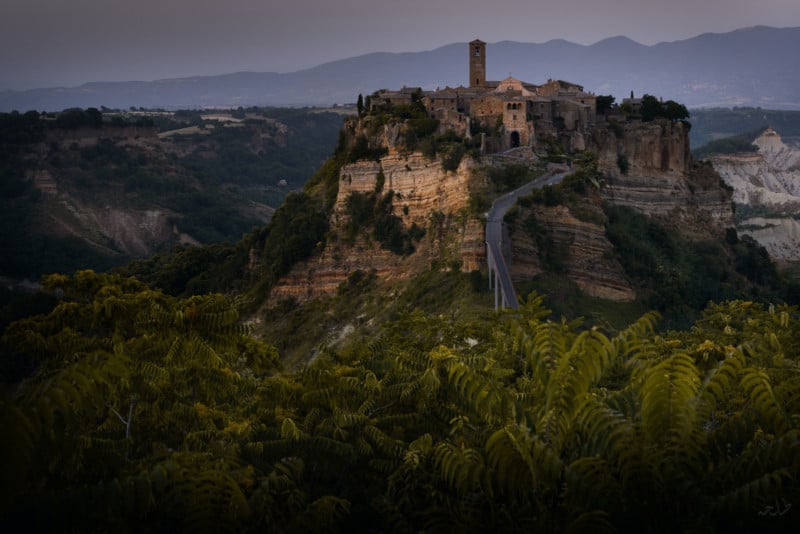
In my life before photography, if I stumbled across a nice sunset, it was a bonus. Now I chase color and drama in the skies. I can quickly look at the shape and quality of clouds in the sky and make a reasonably good prediction about how interesting the sunset or sunrise will be.
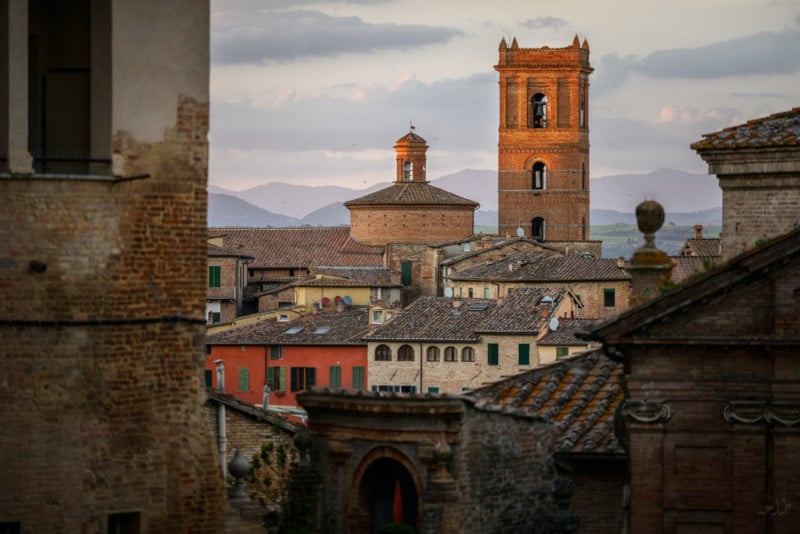
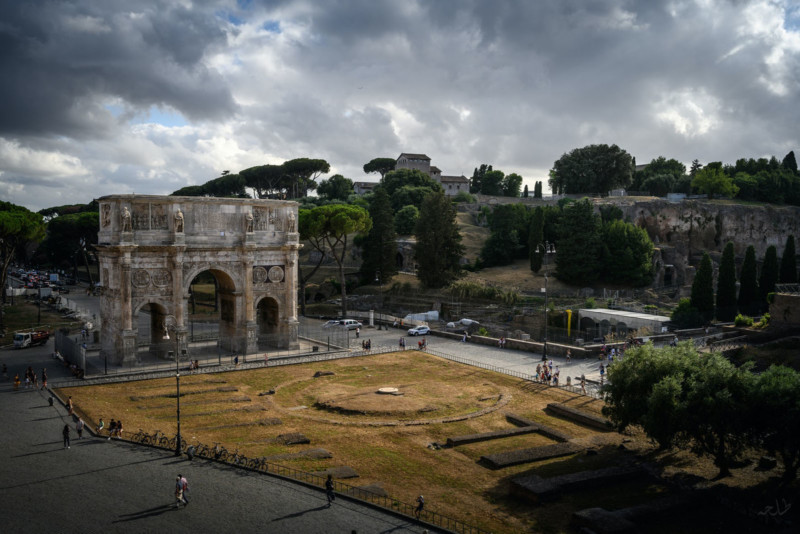
Did I say ‘sunrise’? Because getting up early has been a lifelong challenge, much less mobilizing to explore and take photos. And it still is, but occasionally I make it happen. And whenever I do, I’m reminded of how there really is no better way to start the day.
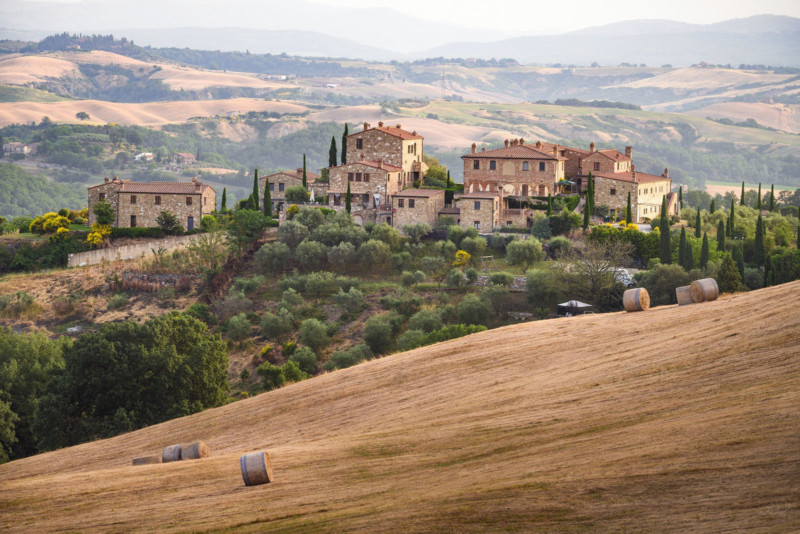
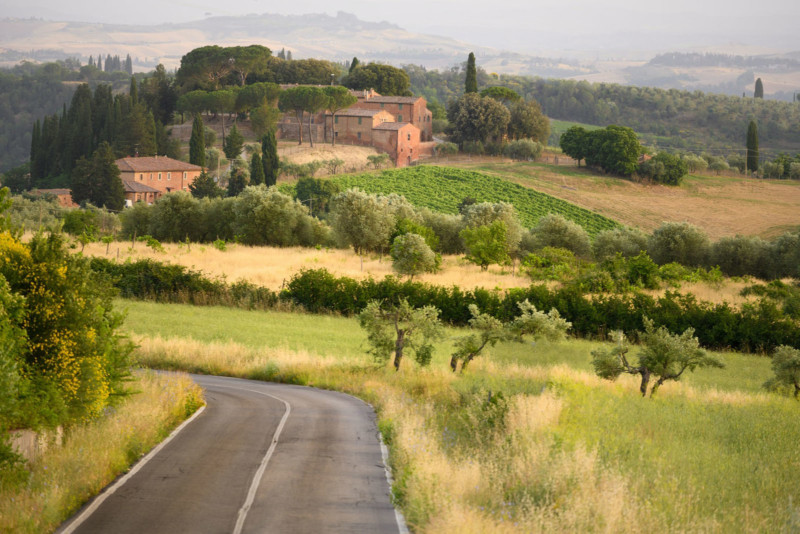
I never realized before that the most convenient view is not necessarily the optimal one and that simple things like getting really low or gaining elevation or finding objects that frame the scene, can really make things come alive.
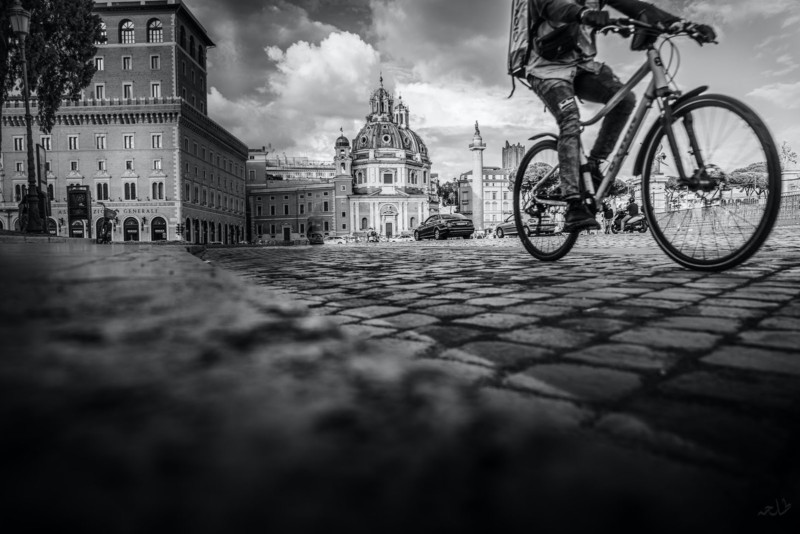
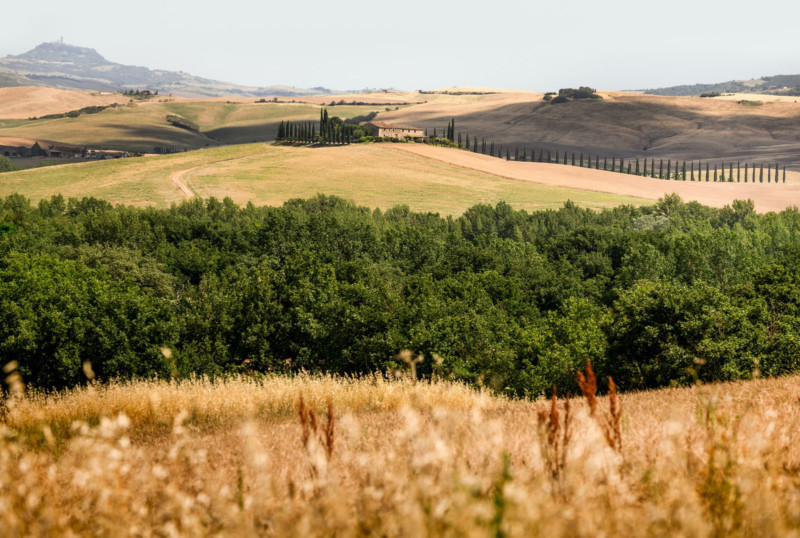
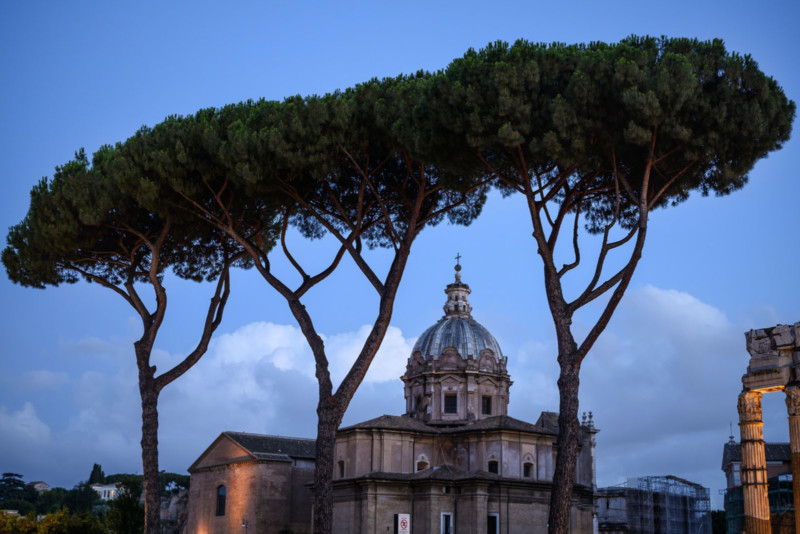
I started noticing reflections…
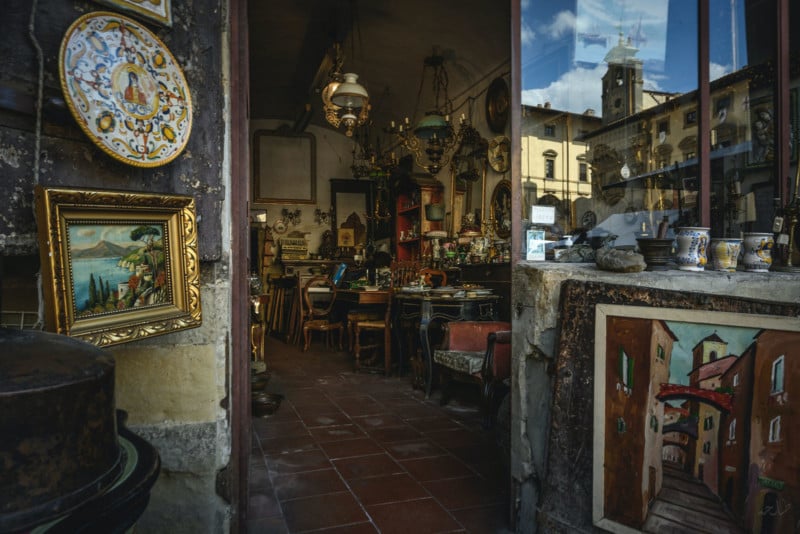
…and textures…
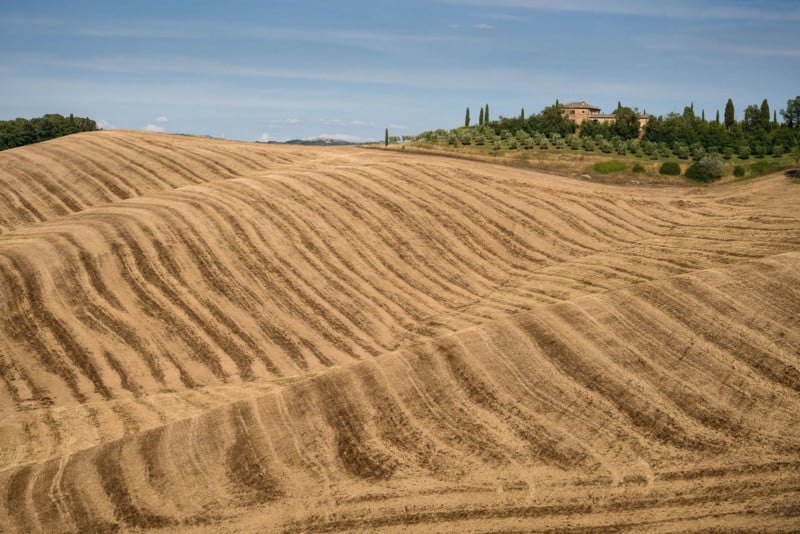
…and foregrounds.
![]()
I started seeing paintings embedded in reality.
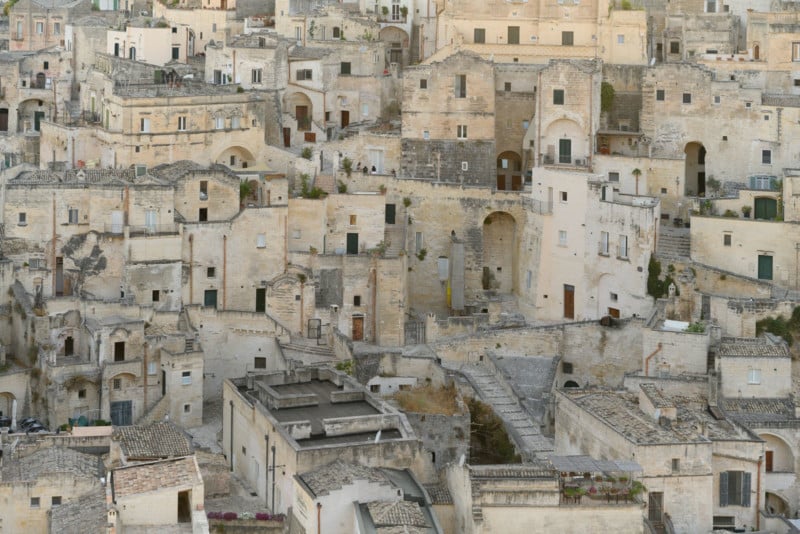
I can’t even ride a car in peace anymore. If I am a passenger and l have a camera on me, I can’t resist firing off a few shots, whenever I have a clear view.
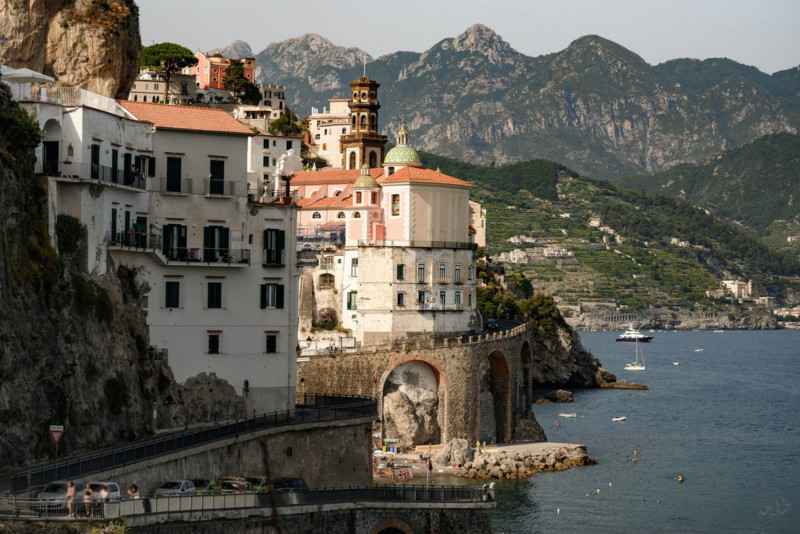
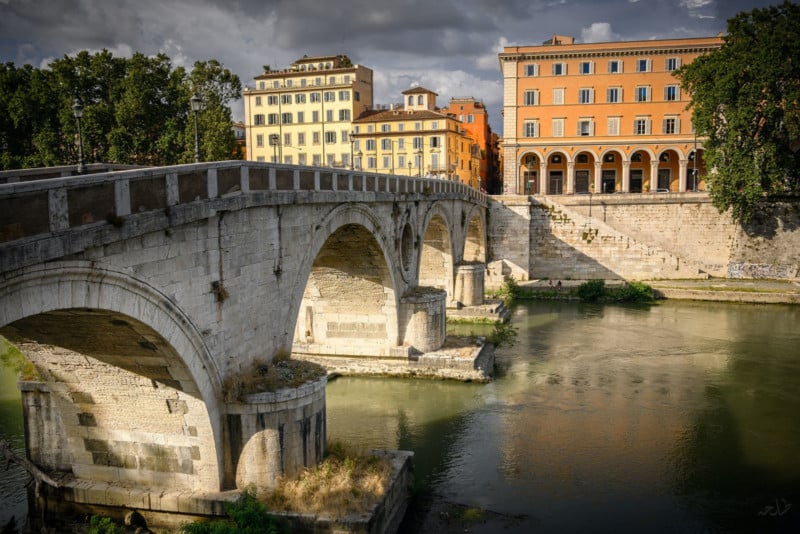
Finally, this is not just my experience — I’ve had many photographers describe a virtually identical transformation.
And that is the power of landscape photography.
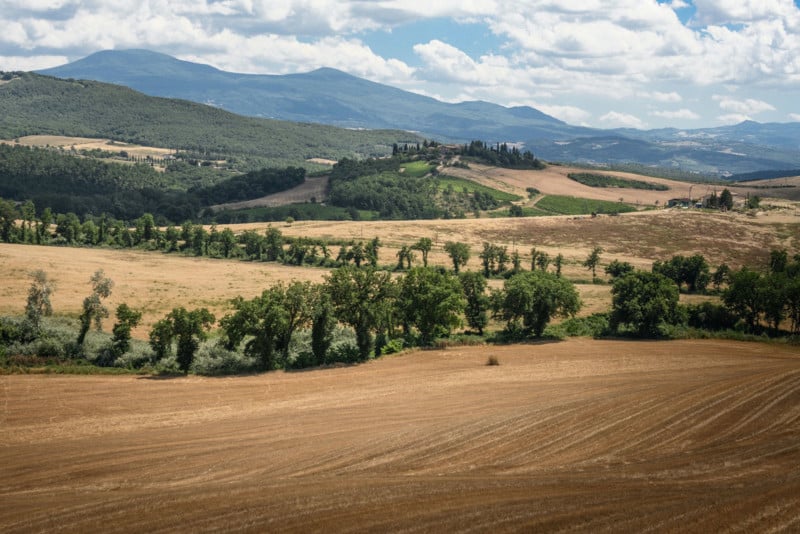
About the author: Talha Najeeb is a self-taught landscape, travel and street photographer. The opinions expressed in this article are solely those of the author. You can find more of Najeeb’s work on his website, Flickr, and Twitter.